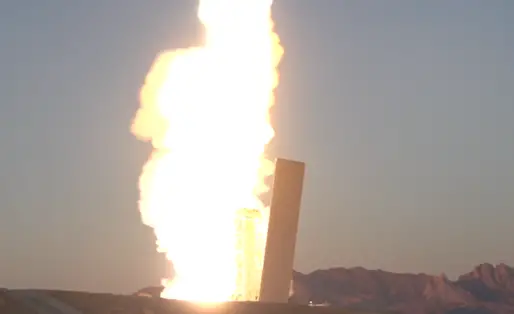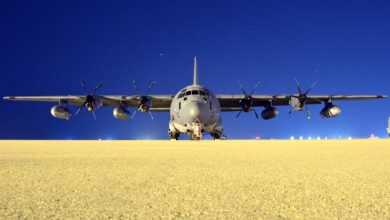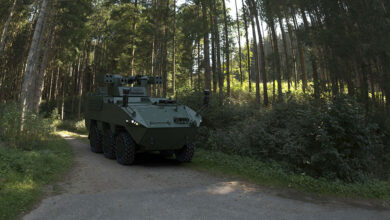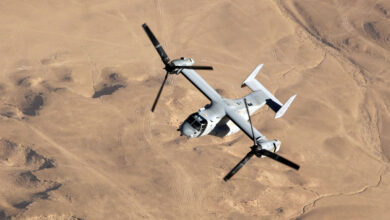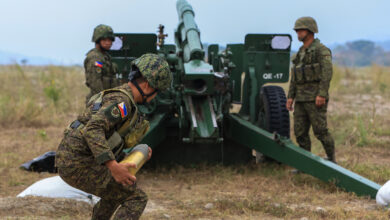Lockheed Martin has announced the first-ever launch of a Patriot PAC-3 missile segment enhancement (MSE) interceptor using the Virtualized Aegis Weapon System.
Conducted in collaboration with various US Department of Defense components, the test saw the advanced missile engage and neutralize a cruise missile target mid-flight.
It utilized a ground-based MK-70 containerized launch platform from the US Navy to propel the weapon toward the target.
According to Lockheed vice president Tom Copeman, the successful test reflects the company’s commitment to developing mission-focused, integrated technology that can keep the US military ahead of evolving threats.
“These systems could deliver a proven, integrated air and missile defense capability … to help defend against advanced, maneuverable threats,” he added.
The PAC-3 MSE interceptor is typically fired from the US Army’s Patriot air-and-missile defense system.
Funding Constraints
Efforts to integrate the PAC-3 missile into the Aegis Weapon System began as early as 2017 through a separate program funded by the Missile Defense Agency.
However, Lockheed was only provided with a small amount of funding to support a hardware-in-the-loop test in 2022 using army launchers.
The company then invested internally to prove that it could integrate the PAC-3 missile with the Aegis system, according to Defense News.
Prior to the recent live-fire test, the manufacturer demonstrated the ability of the PAC-3 MSE interceptor to successfully communicate with Aegis’ radar.
Lockheed is expected to spend roughly $100 million this year to continue integration efforts.
Defense Against Advanced Threats
Combat proven in Ukraine, the Patriot PAC-3 missile is designed to defend against simultaneous advanced air, surface, and missile threats.
It boasts a hit-to-kill capability, meaning the weapon carries out direct body-to-body contact with its targets to release more kinetic energy.
To ensure precision strikes, the missile has the ability to switch to its active radar seeker during the latter stages of its flight.

